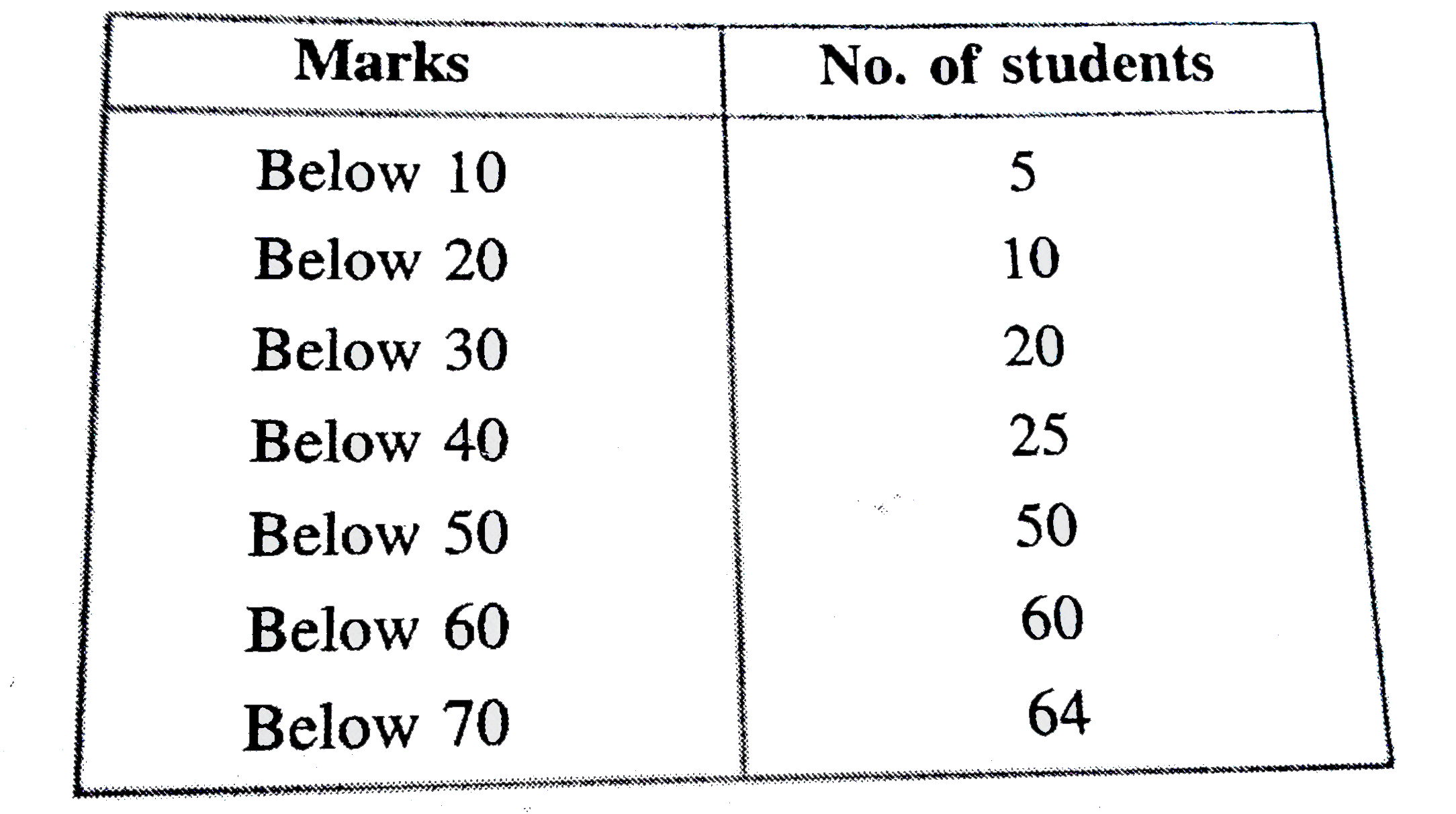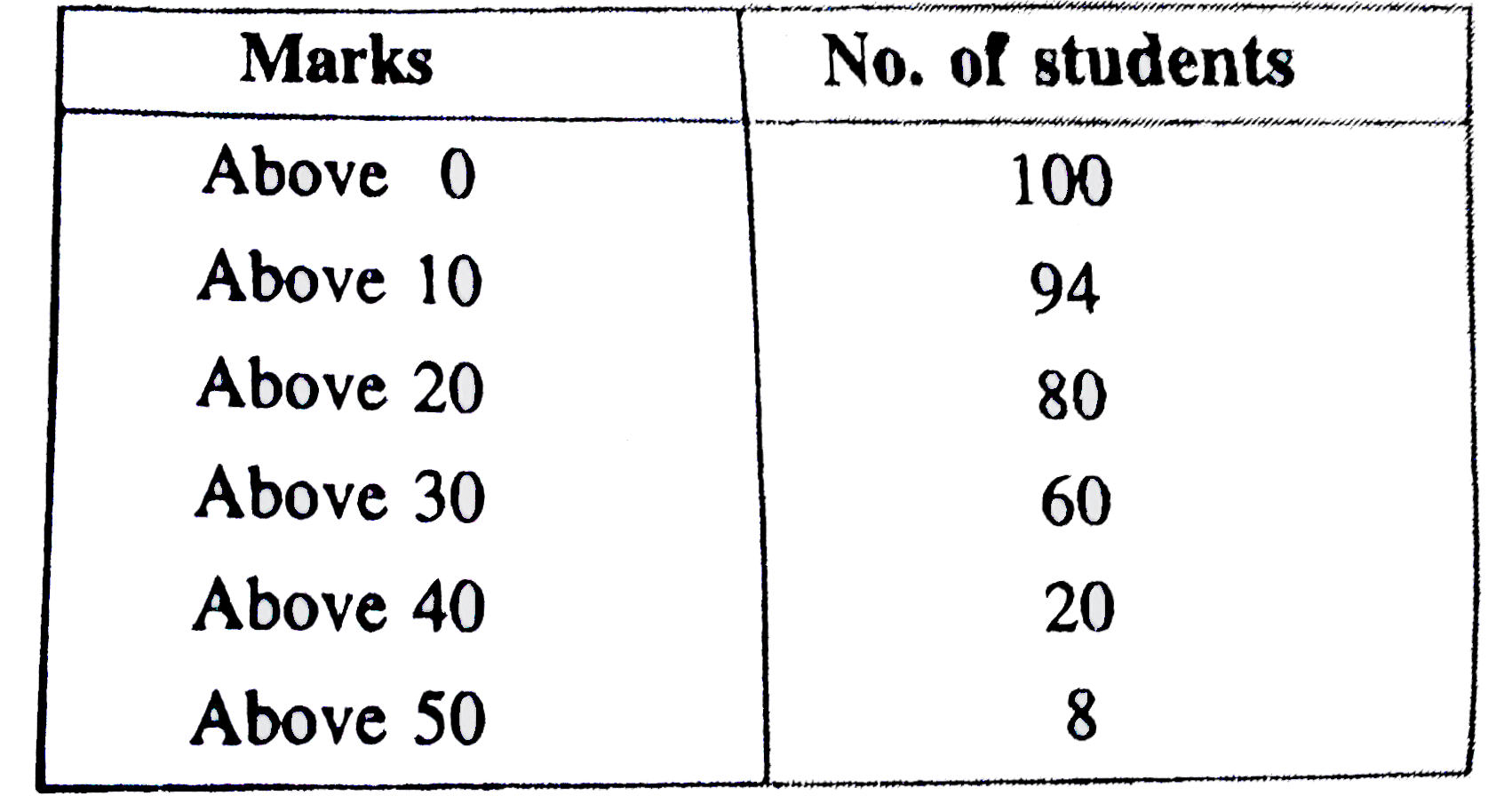In an ungrouped data if Q1,Q2andQ3 are first, second and third quartiles, respectively, then quartile deviation is
A
Q3−Q1
B
Q3−Q12
C
Q2−Q1
D
Q2−Q12
Text Solution
The correct Answer is:B
|
Topper's Solved these Questions
- STATISTICS AND PROBABILITY BOOK - CENGAGECHAPTER - STATISTICS AND PROBABILITY EXERCISE - OLYMPIAD AND NTSE LEVEL EXERCISES
11 Videos
- STATISTICS AND PROBABILITY BOOK - CENGAGECHAPTER - STATISTICS AND PROBABILITY EXERCISE - TEST YOURSELF (LEVEL 3)
1 Videos
- SPECIAL LINES AND AREAS BOOK - CENGAGECHAPTER - SPECIAL LINES AND AREAS EXERCISE - WORKED EXAMPLES
10 Videos
- SURFACE AREAS AND VOLUMES BOOK - CENGAGECHAPTER - SURFACE AREAS AND VOLUMES EXERCISE - OLYMPIAD AND NTSE LEVEL EXERCISES
13 Videos
Similar Questions
Knowledge Check
Q1 quartile represent to
ALower quartile,BFirst quartile,C(1) and (2) both,DHigher quartile.
If lower and upper quartiles of the data are x and y respectively, then quartile deviation is _____.
View SolutionThe quartiles of a variable are 45, 52 and 65 respectively.Its quartile deviation is
View SolutionCalculate first and third quartiles from the following frequency distribution.
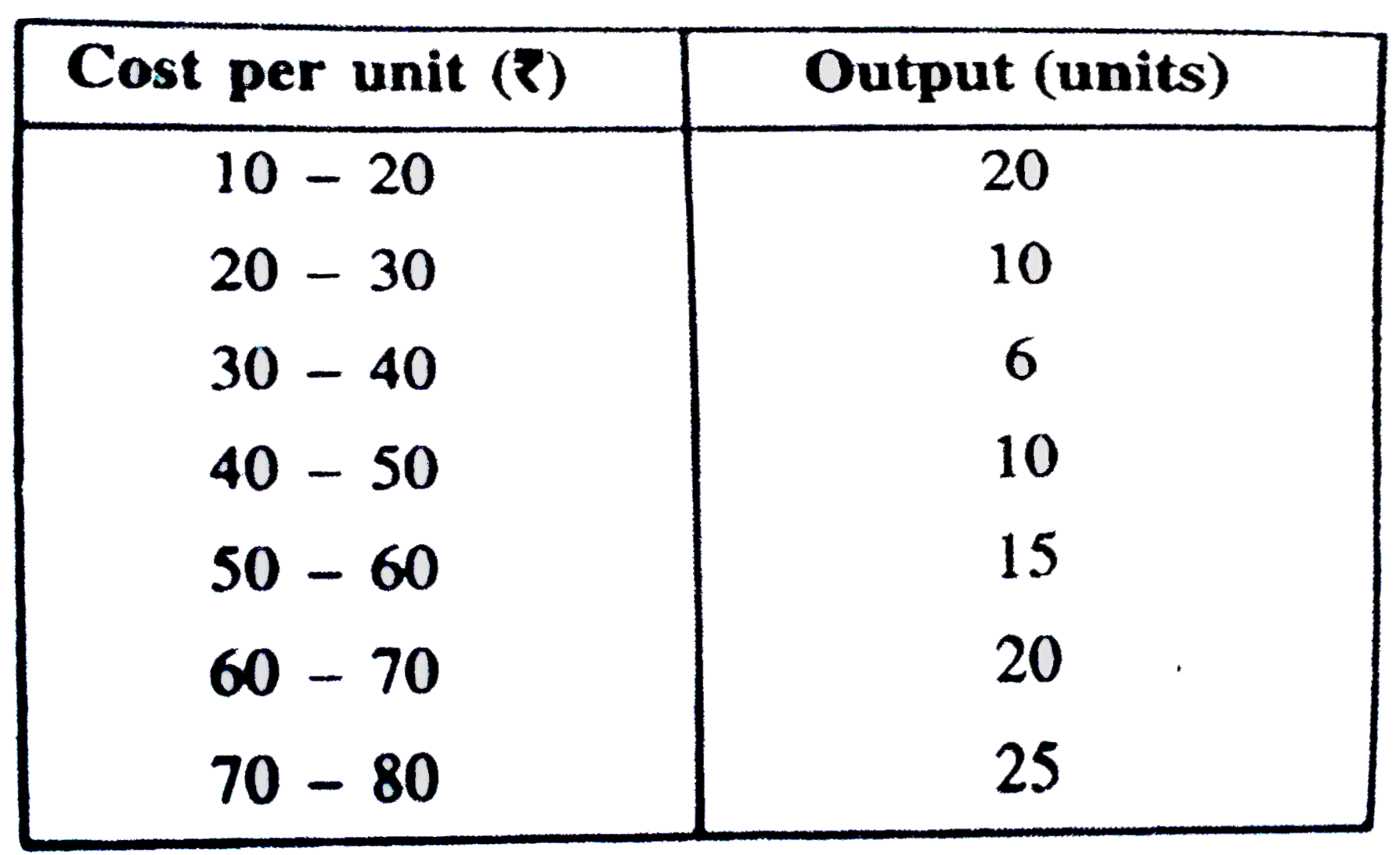
View SolutionFind first and third quartiles from the following distributin.
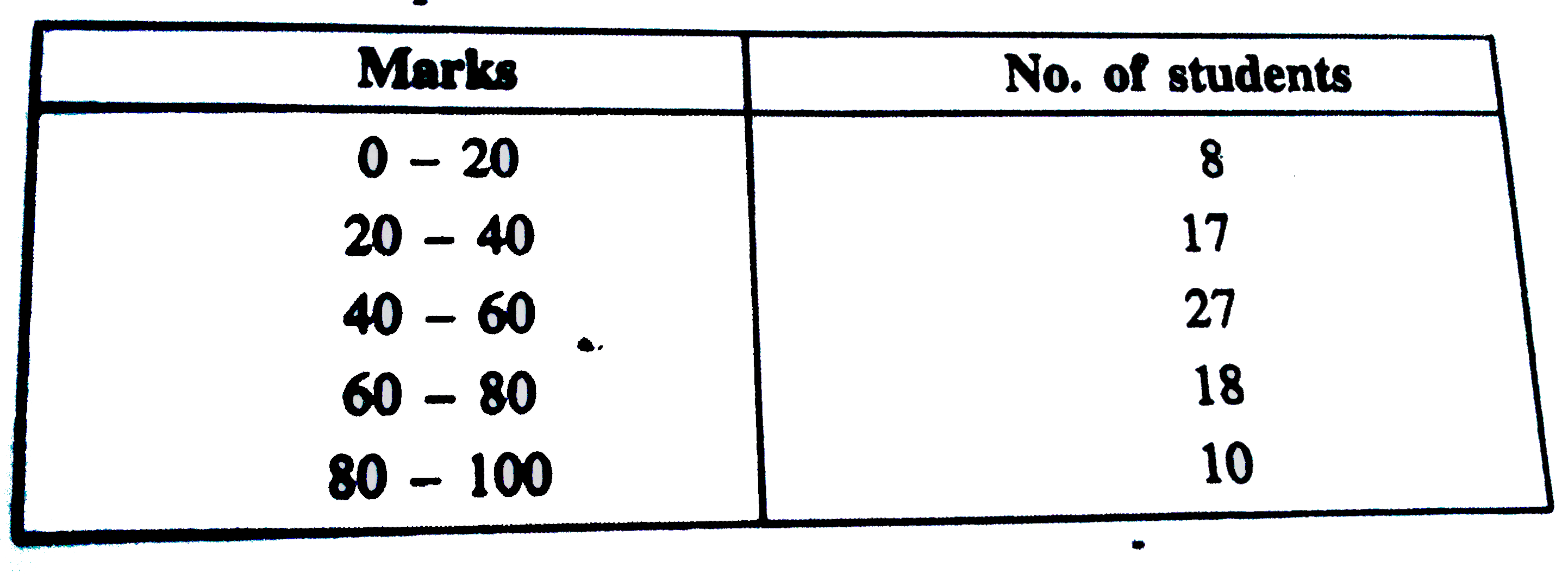
View SolutionFind out first and third quartiles from the following distribution :

View SolutionIf lower and upper quartiles of the data are 23 and 25 respectively, then coefficient of quartile deviation is ______.
View SolutionIn figure, the charges on C1,C2, and C3, are Q1,Q2, and Q3, respectively.
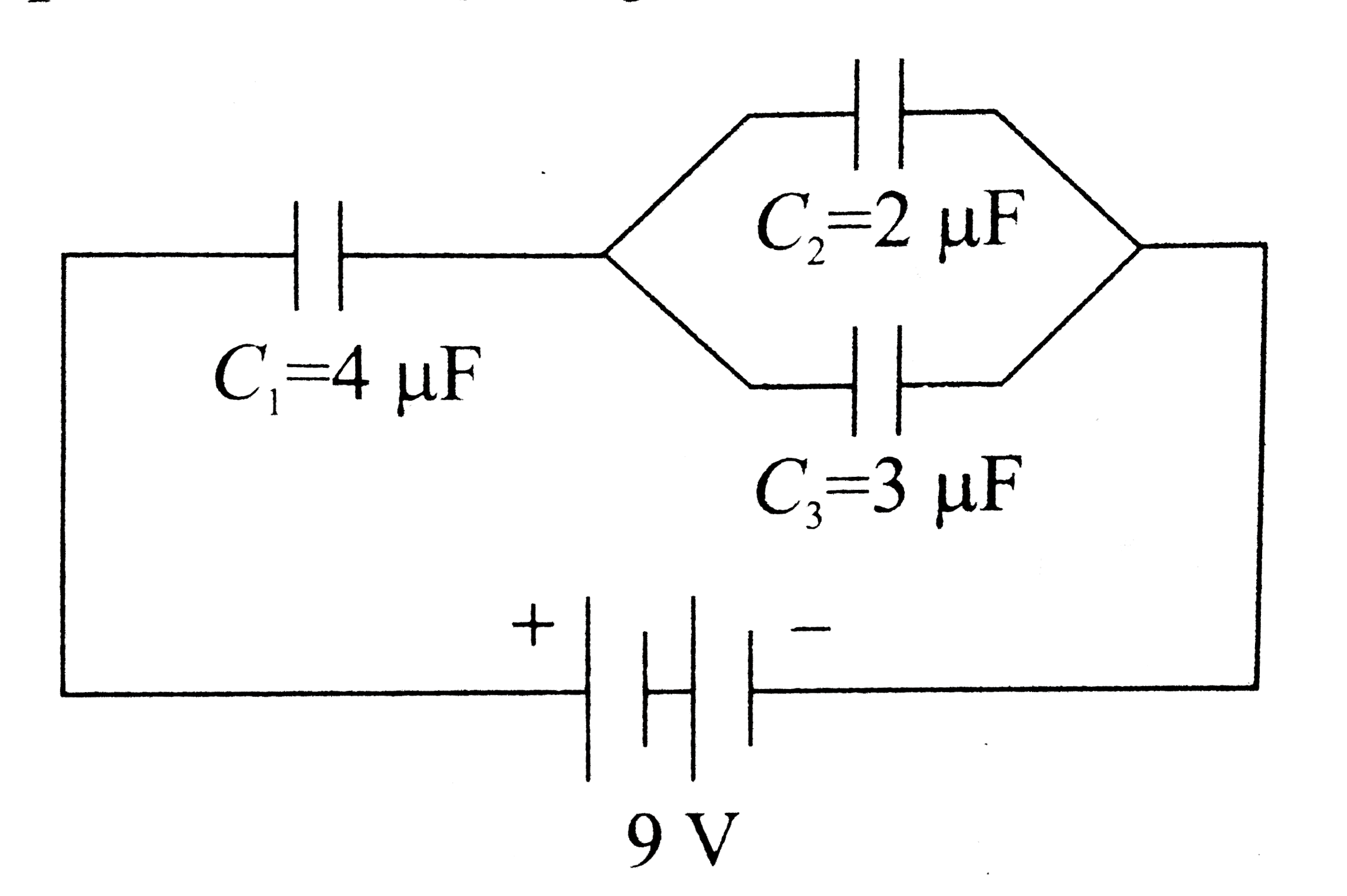 .
.
View Solution

